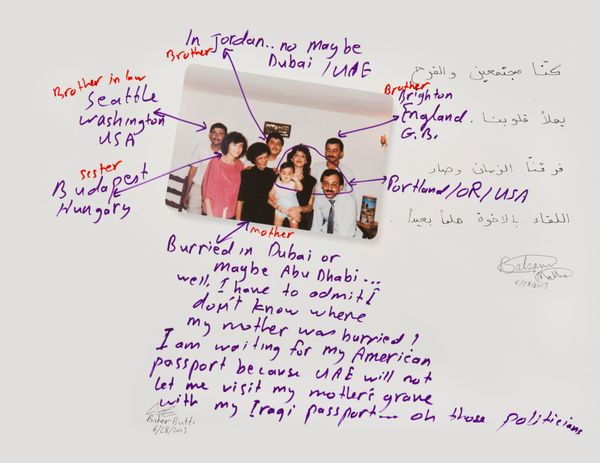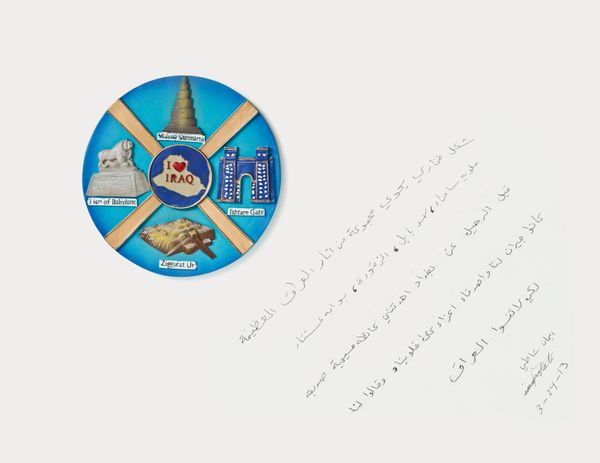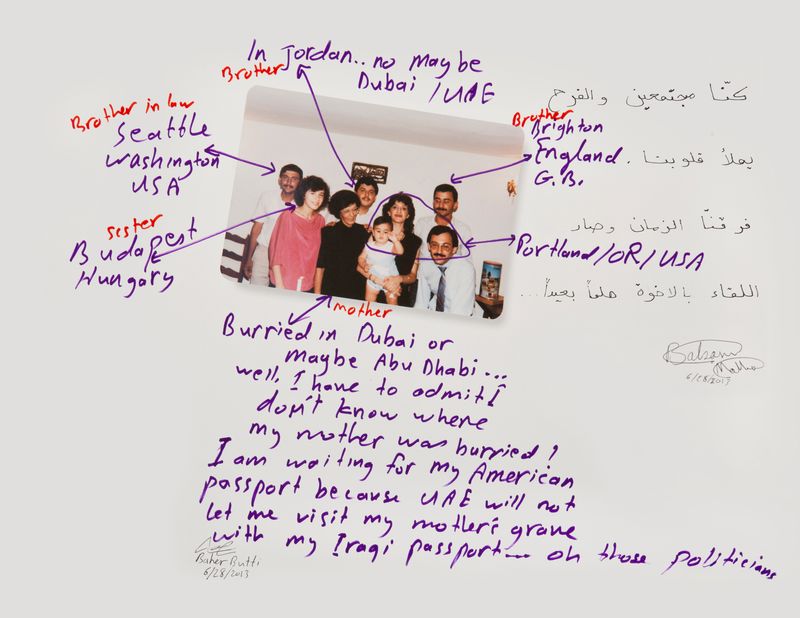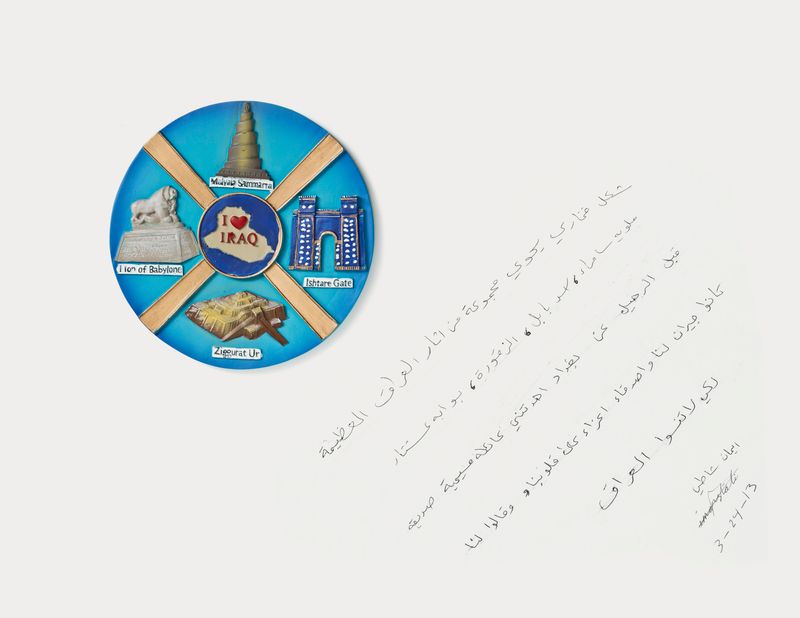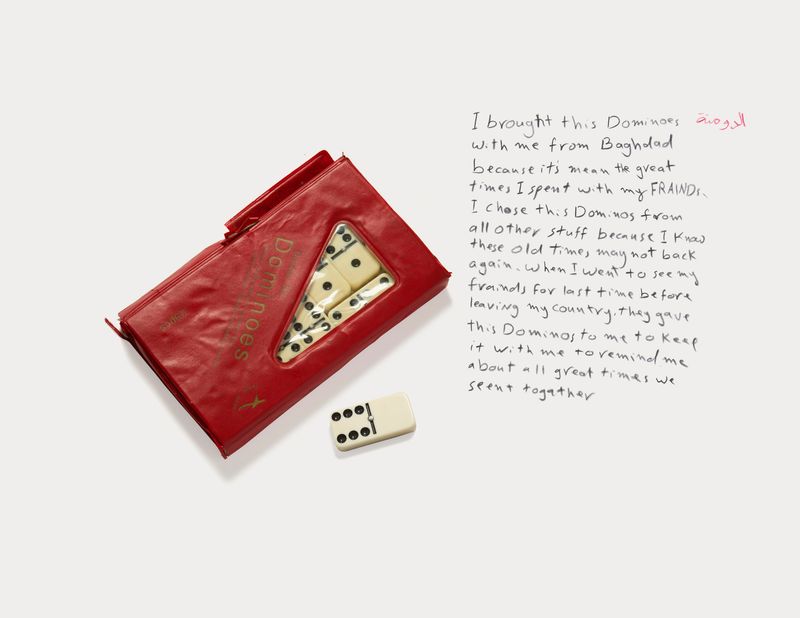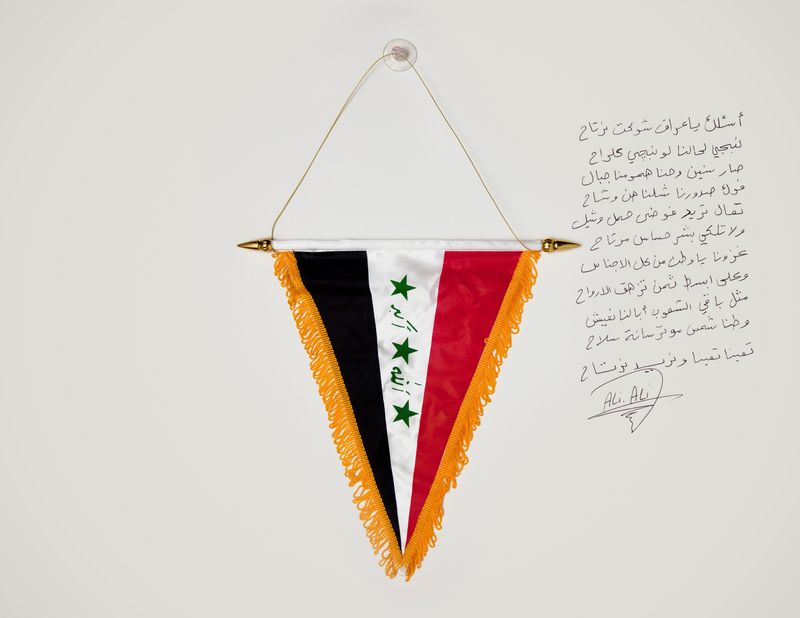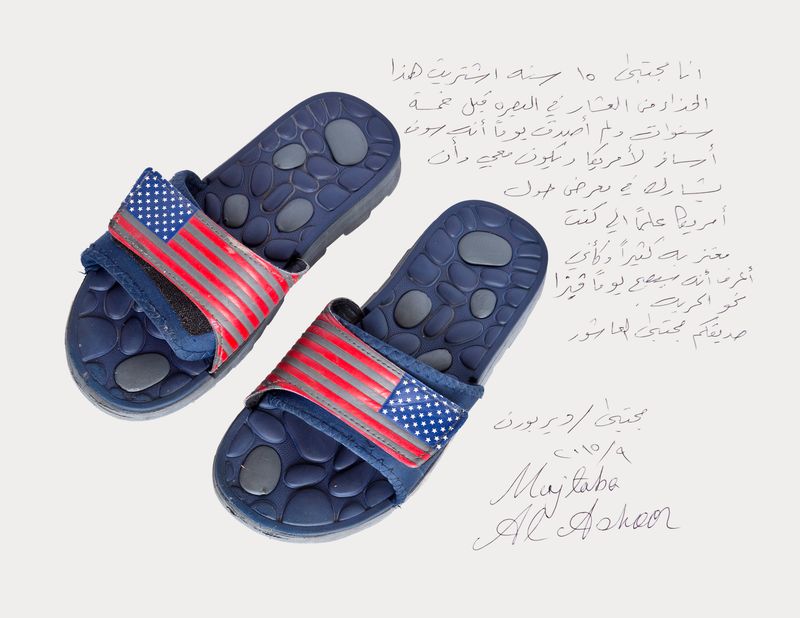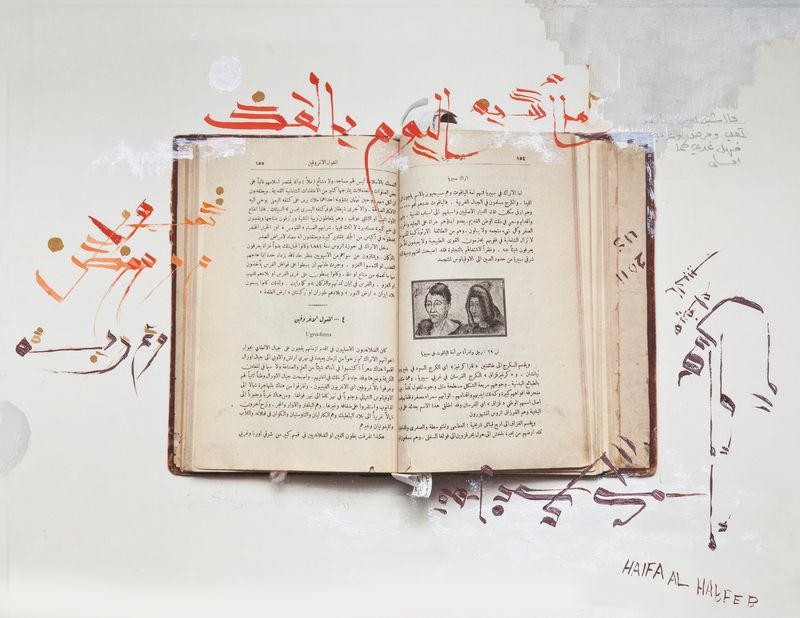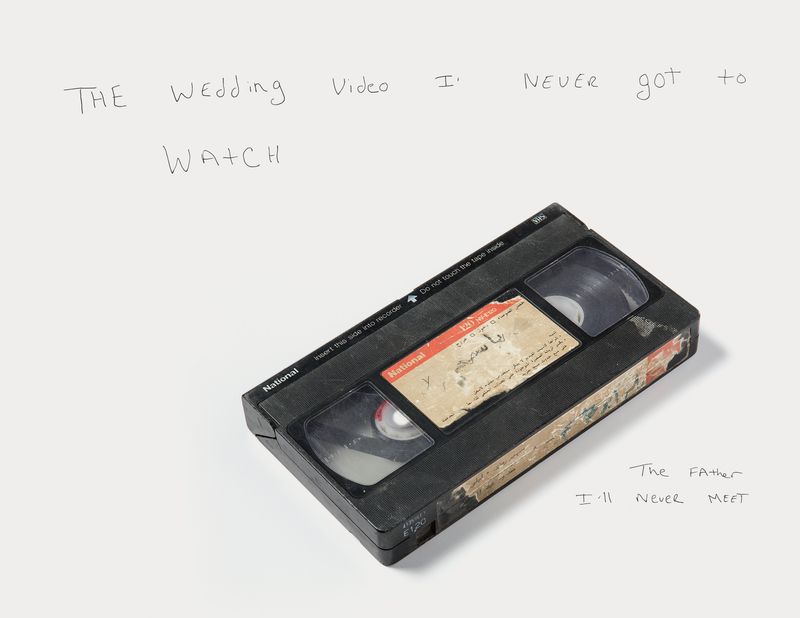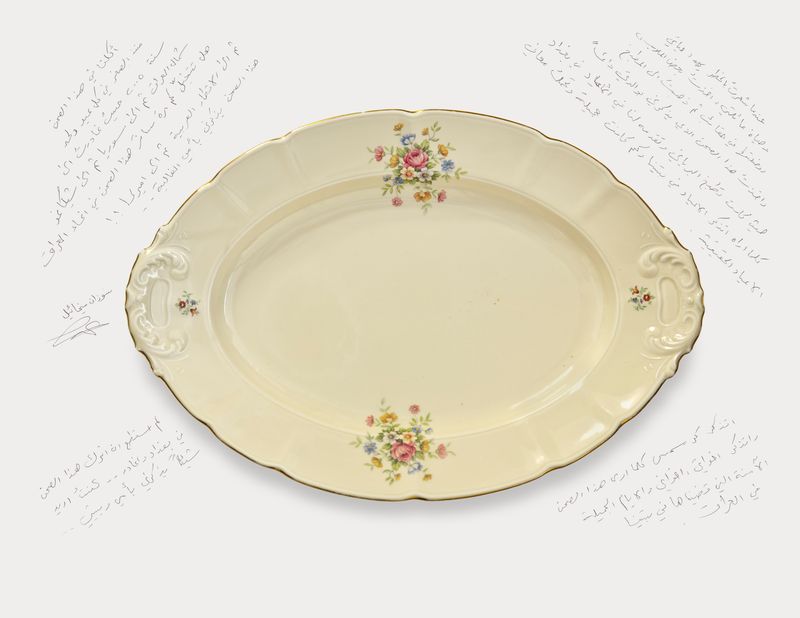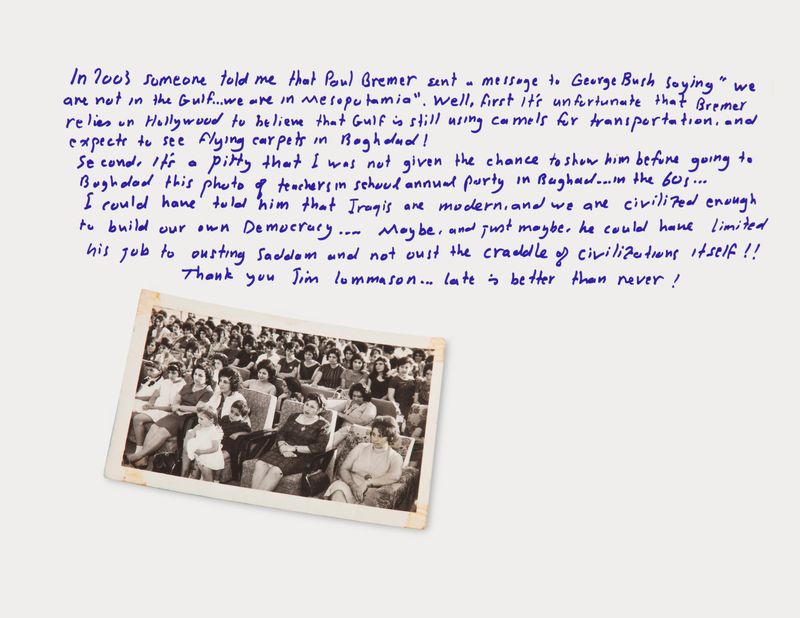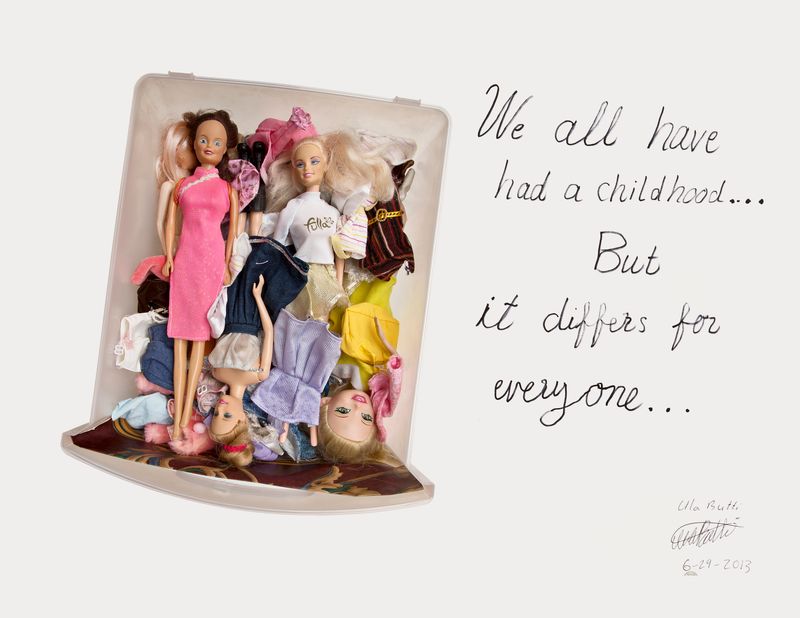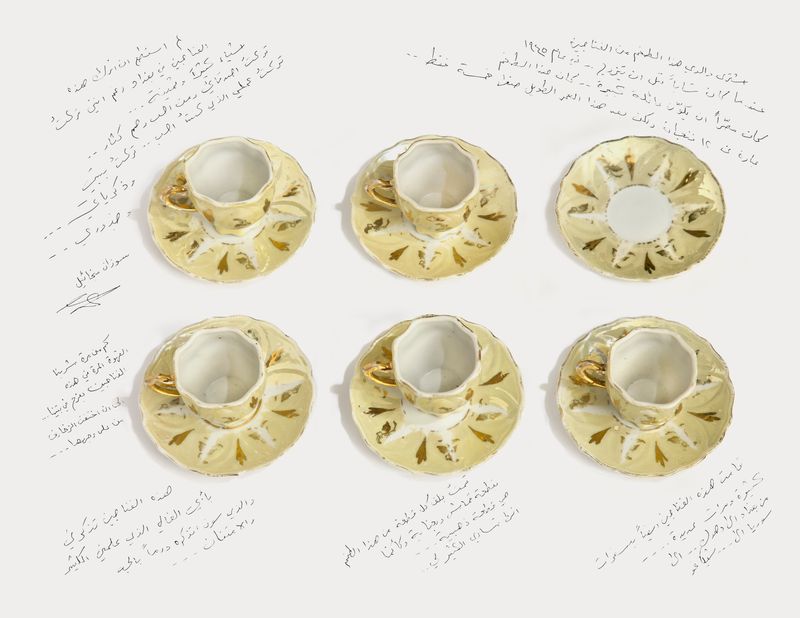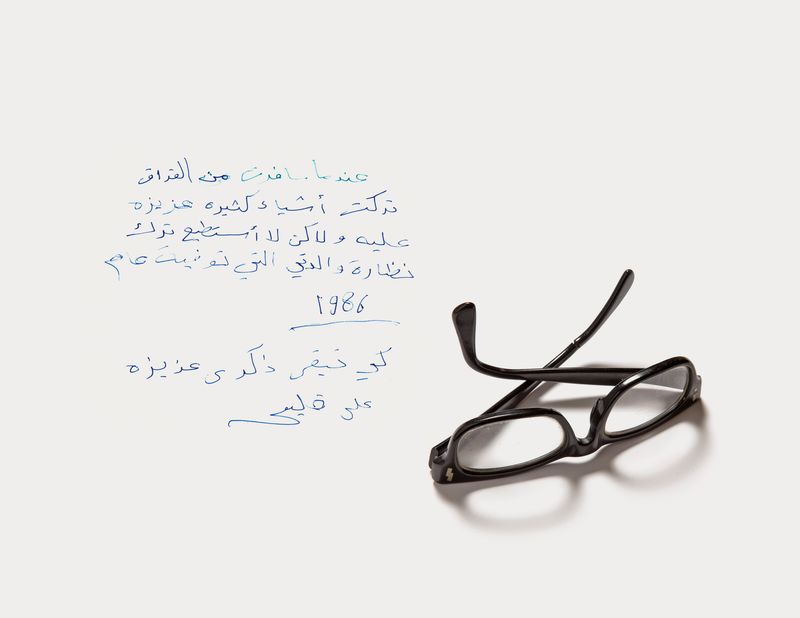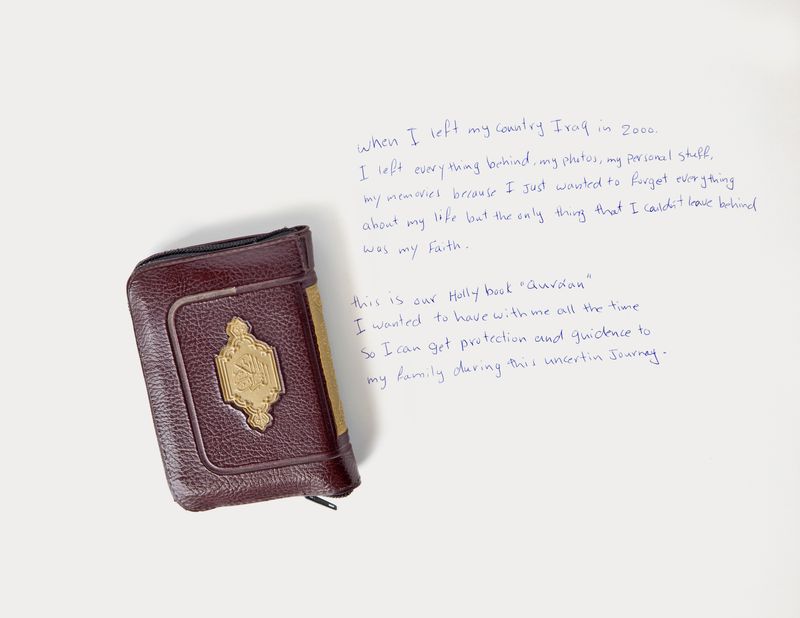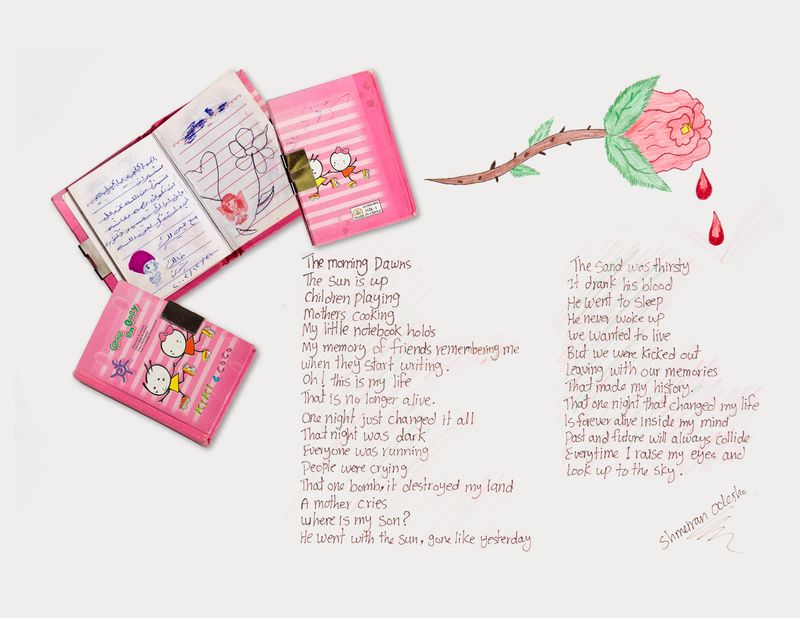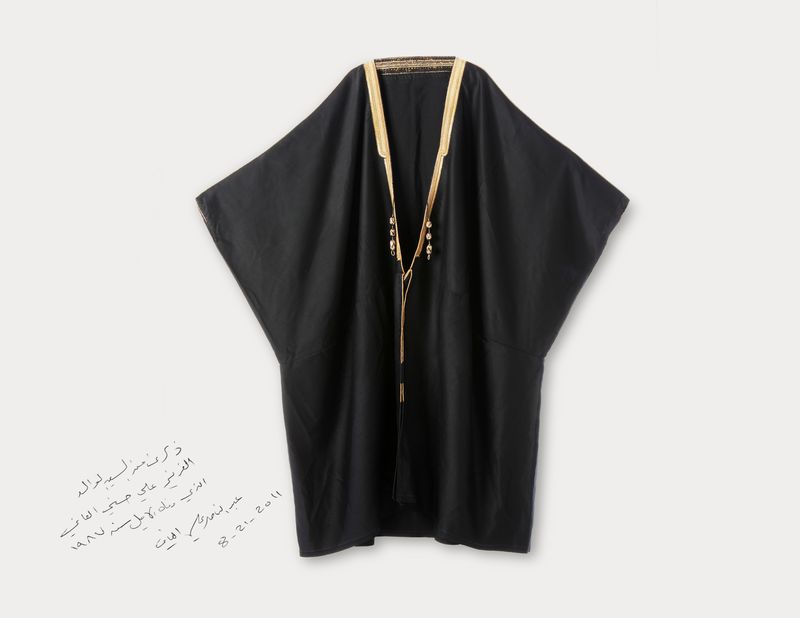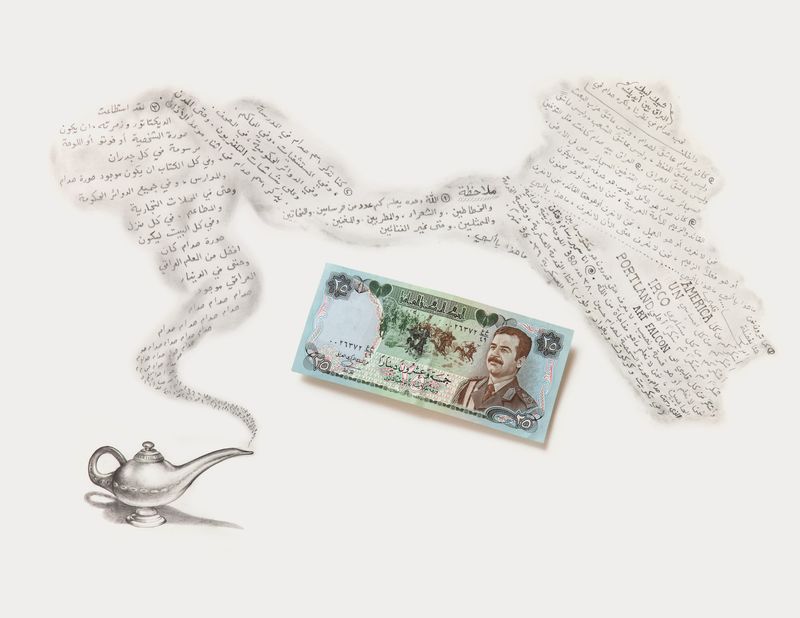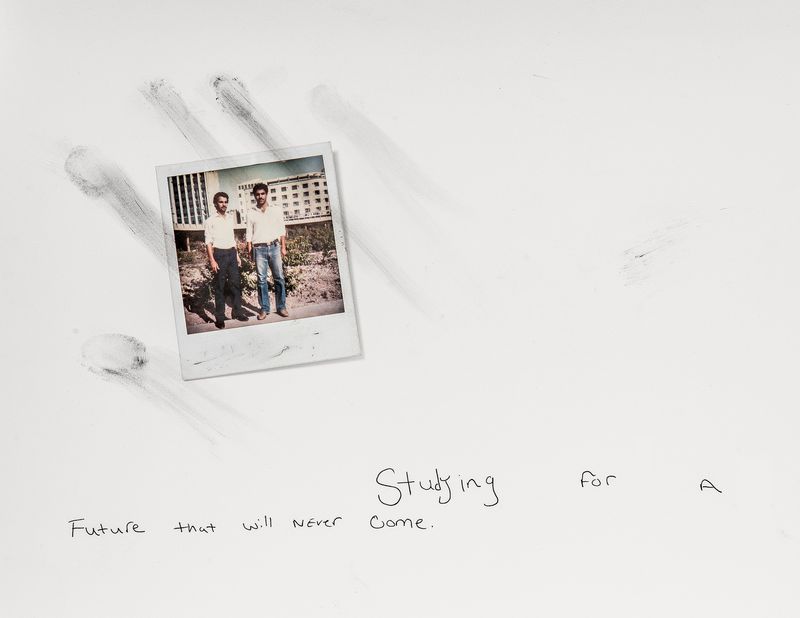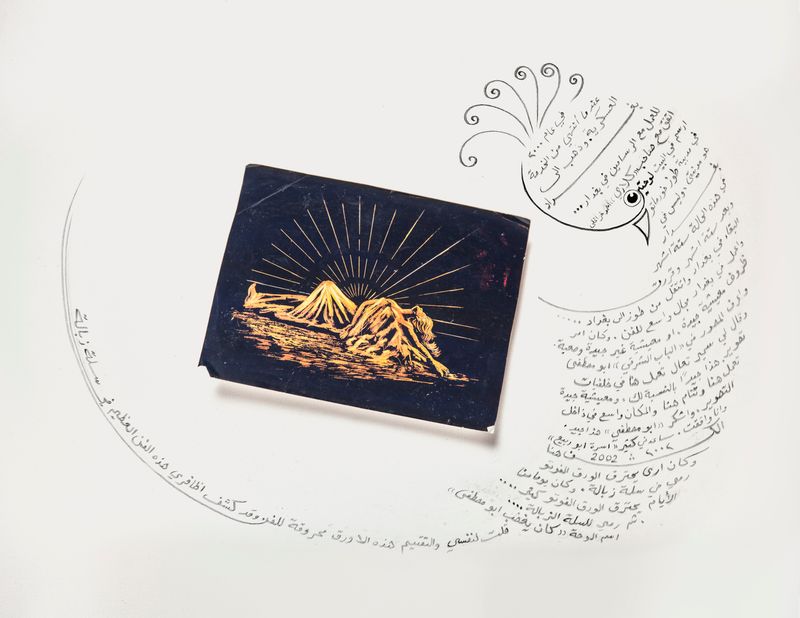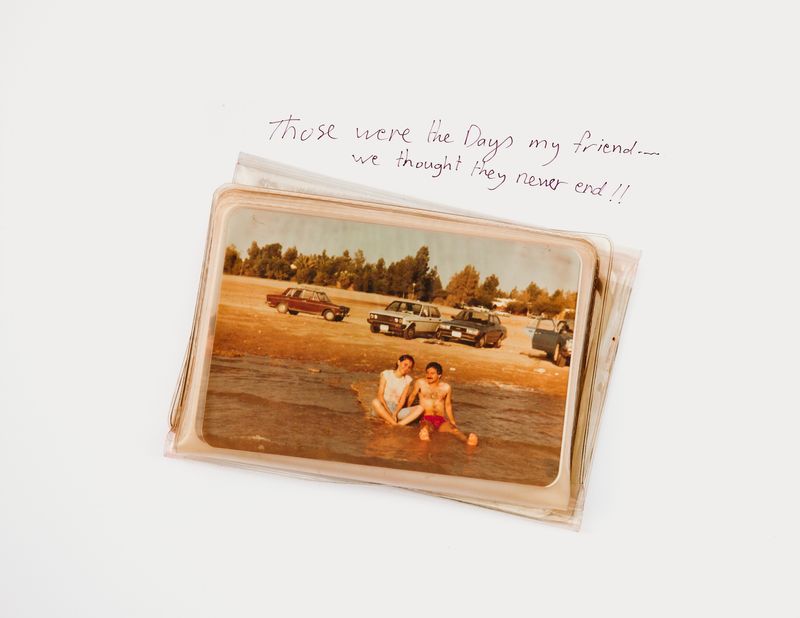What We Carried: Fragments and Memories from Iraq and Syria
-
Dates2010 - Ongoing
-
Author
What would you take with you?
What is left behind?
What We Carried: Fragments and Memories from Iraq and Syria
What We Carried: Fragments and Memories from Iraq and Syria is an ongoing collaborative photography and (participant) writing, storytelling project with Iraqi and Syrian refugees who have fled their homeland because of war.
I asked participants to let me photograph those few items that they were able carry on their long and dangerous journey to America. Those journeys can take years, refugee camps, multiple countries, and sometimes a few bribes. The carried objects ranged from a family photo, a doll, a Qur’an, a game of dominoes. I photograph the object and then returned a 13″ x 19″ archival photographic print of the object to its owner to provide personal reflections by writing directly onto the photograph. This process allows the participant to tell their own story, in their own language, in their own hand.
The stories speak to much more than the object. The luminous inner life of these ordinary things are a testament to the unspeakable anguish of a life left forever behind. Ordinary objects become sacred objects.
More than 2.6 million Iraqis have been forced from their homes but remain inside of the country. 220,000 are refugees in other countries. There are also 300,000 refugees in Iraq from neighboring countries – the vast majority escaping violence and persecution in Syria. (UNHCR)
Travel bans have reduced the numbers of Syrians admitted to the U.S.
In 2016 the U.S. resettled 15,479 Syrian refugees. In 2017, the U.S. let in 3,024.
In 2018, only 11 Syrian refugees were admitted to the U.S. (U.S. State Department)
In 2010 I began working on What We Carried after finishing my book about returning U.S. soldiers from Iraq and Afghanistan called Exit Wounds: Soldiers’ Stories – Life After Iraq and Afghanistan.
When I began interviewing returning veterans in 2007, I interviewed an Iraqi woman living in Portland, Oregon. I asked her what she the thought about the U.S. invasion of Iraq in 2003, she said, “I thank America for removing Saddam Hussein, but did you have to destroy my entire country to do it?” The simple power of that statement demanded a new project. I felt we needed to hear from those affected by our wars.
Refugees often flee under the cover of darkness, sometimes with a kid under each arm, with a few practical items, and a memento to remember the lives that they are leaving behind, possibly forever. These often ordinary items are the only physical evidence of their former lives that they have left.
When exhibited or published all photographs include translation. I hope viewers of these collaborative photo/writings will imagine themselves making decisions about what they would gather before leaving their homes forever. The next realization is, what are they be leaving behind? Friends, schools, jobs, language, culture, and history. What We Carried is a bridge building project to illustrate our common humanity.
What We Carried: Fragments and Memories from Iraq and Syria has traveled to Chicago, Houston, Los Angeles, Portland, Dearborn, Detroit, Atlanta, Seneca Falls, NY, and Cleveland thanks to The Arab American National Museum in Dearborn, Michigan. We often create new work with the local community and add to the exhibition. Next stop: THE ELLIS ISLAND NATIONAL MUSEUM: May 28 - September 3, 2019. A half a million visitors will see the exhibition.
The hands-on photo/writing storytelling approach draws media attention because What We Carried is a different kind of storytelling. I have done NPR interviews, local, national, and international TV interviews about What We Carried. Refugees need to tell their stories and we need to hear them.
I will continue to work with more communities of refugees and expand What We Carried. I recently completed a similar project with Holocaust and genocide survivors using the same photo /writing approach.
To read the English translations of the Arabic writing please click on this What We Carried blog: https://whatwecarried.com/
Thank you for your consideration,
Jim Lommasson
